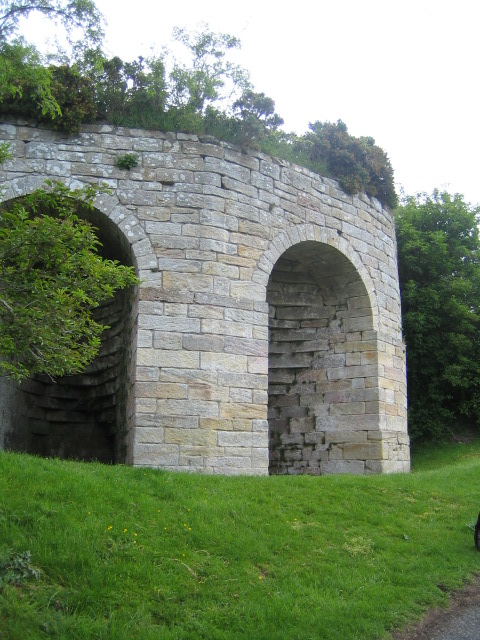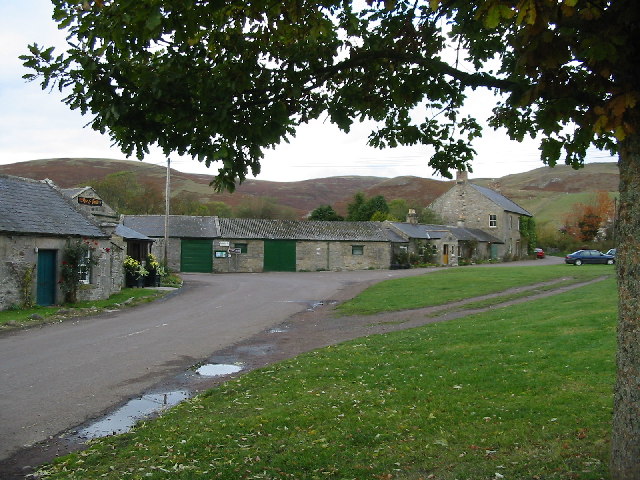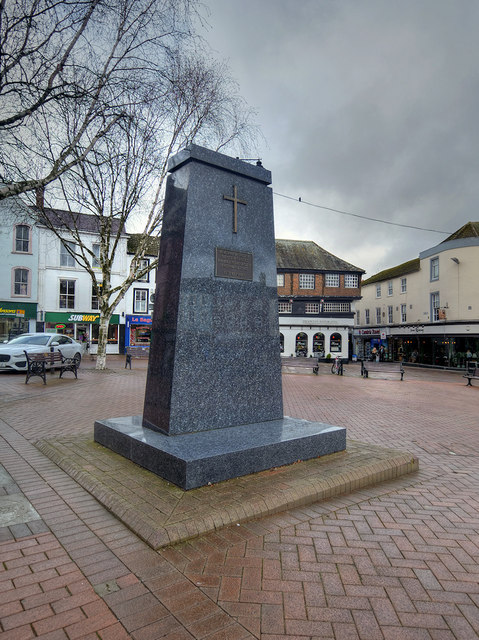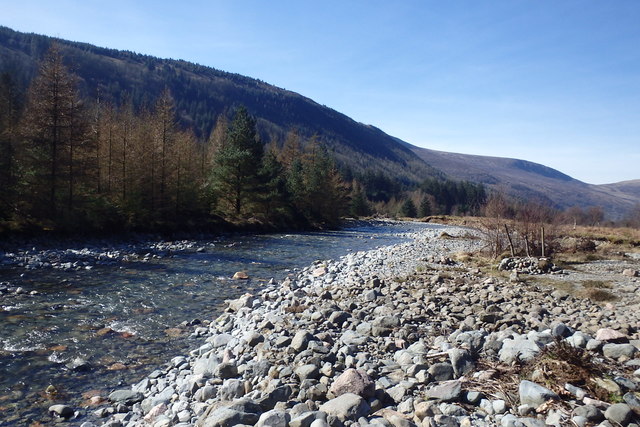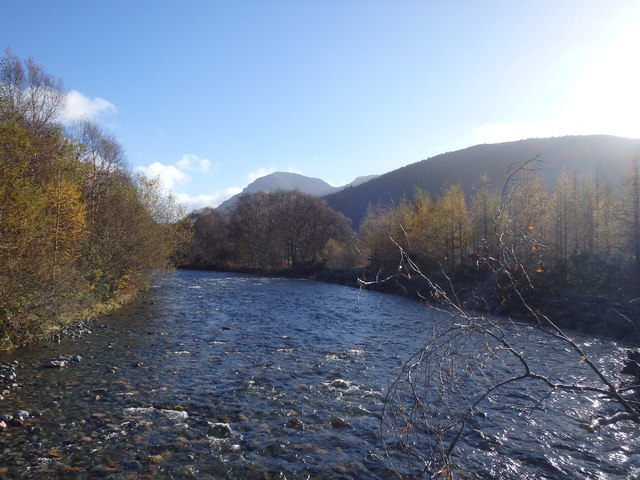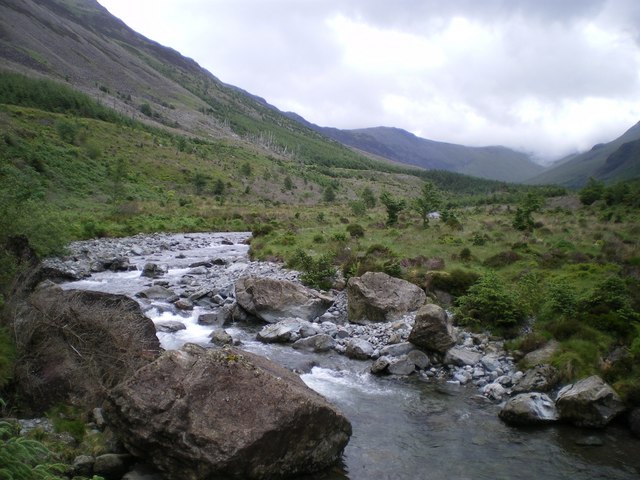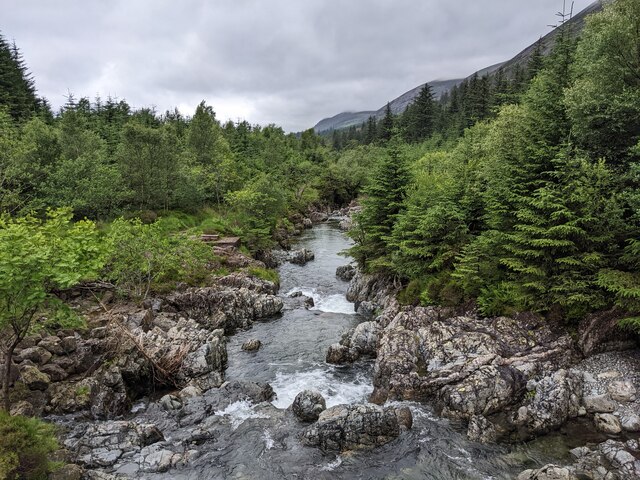Limekilns, Low Alwinton

-
Description
"n Northumberland the practice of liming farmland dates back to the 17th century. Burnt lime was used to 'sweeten' acid soil to produce better crops and improve rough pasture. Agricultural burning of limestone was a small scale enterprise; landowners built the kilns to provide lime mainly for their own estates. These lime kilns on the side of the bridleway that runs south-east from Low Alwinton, were built about 1827 by the Selby family to supply lime to the Biddlestone estate but ceased working in 1866 because of high operating costs and competition from big commercial kilns. The kilns were restored by the Northumberland National Park Authority." Photo by Andy Gryce, 2007, and licensed for reuse under a Creative Commons Licence. -
Owner
Geograph.org.uk -
Source
Geograph (Geograph) -
License
What does this mean? Attribution-ShareAlike 2.0 Generic (CC BY-SA 2.0)
-
Further information
Link: http://www.geograph.org.uk/photo/455119
Resource type: Text/Website
Added by: Simon Cotterill
Last modified: 7 years, 9 months ago
Viewed: 633 times
Picture Taken: Unknown -
Co-Curate tags
